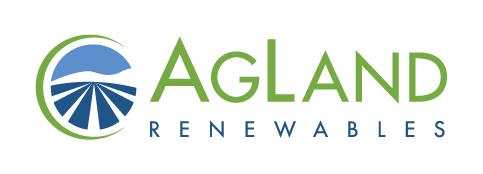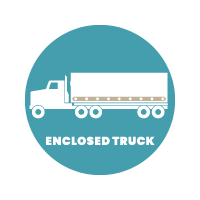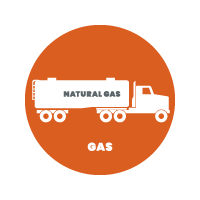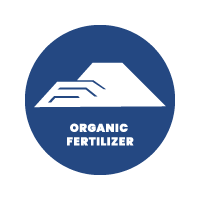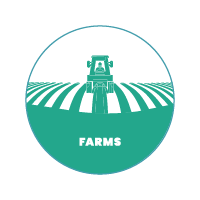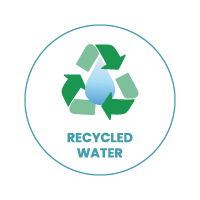Technology
Bioconversion
California is facing many environmental issues. Local chicken farms produce more than 700,000 tons of poultry litter each year, which requires careful management to prevent groundwater and air pollution. California’s air quality is some of the worst in the nation with transportation accounting for nearly 40% of smog-forming pollution. This is a significant challenge in need of a solution.
AgLand Renewables believes our process to turn what would otherwise be waste from the poultry industry into renewable natural gas (RNG) and organic fertilizer is part of the answer. Not only can our facilities revolutionize the farming industry, but our ability to create RNG and green hydrogen through steam-reforming will provide the clean energy of our future.
